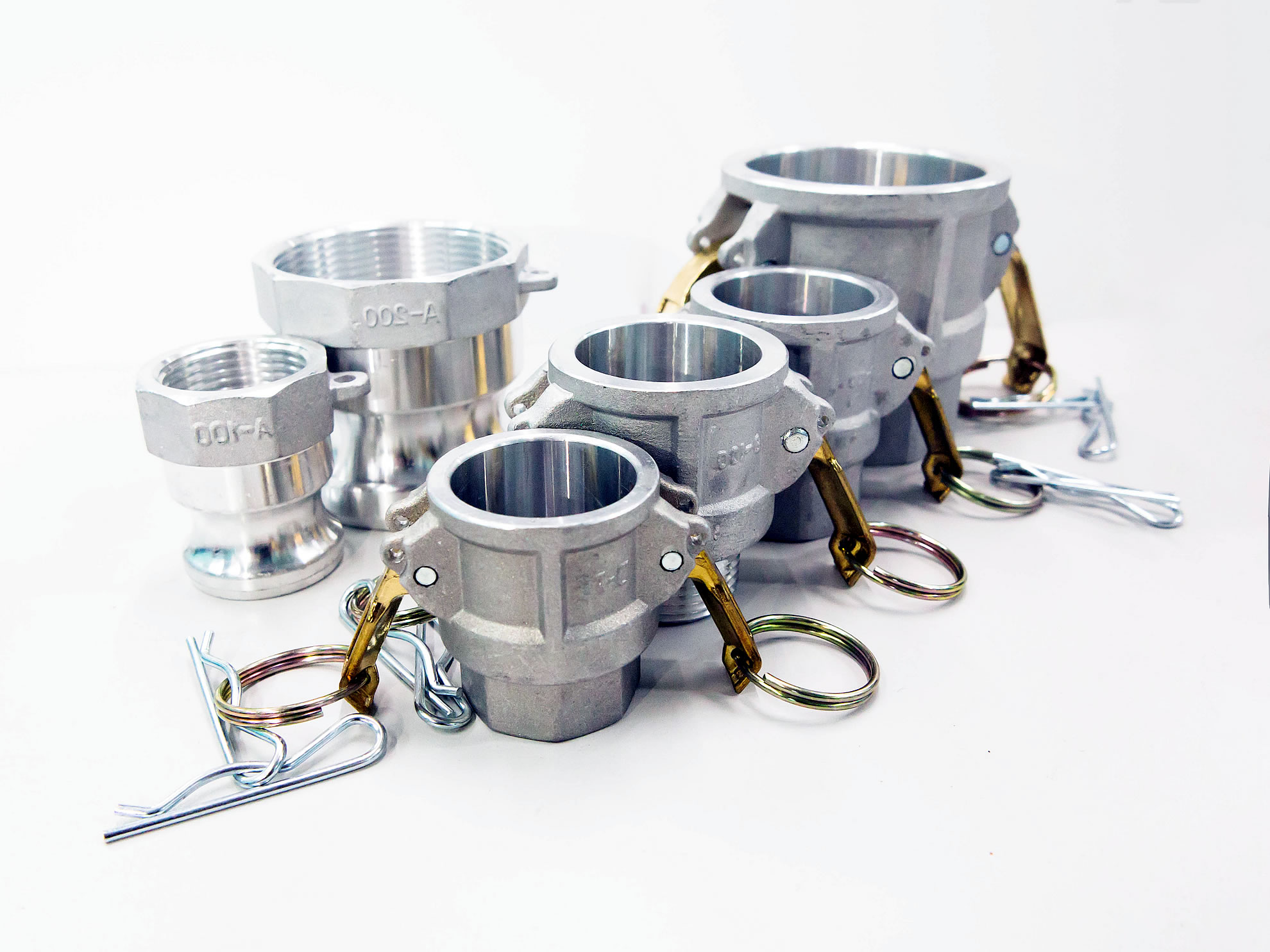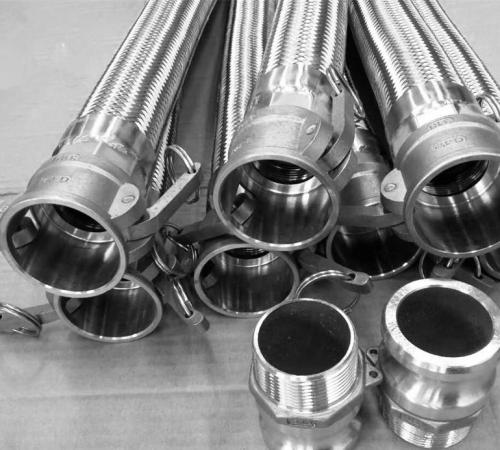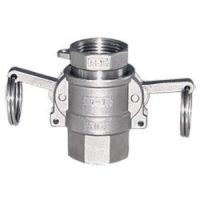Description
Camlock couplers are an essential piece of equipment for many industries. With their ability to quickly and securely connect two hoses, they provide a reliable way to transfer liquids or gases from one place to another. But with so many different types available on the market, it can be difficult to know which type is best suited for your particular application. In this article we will take a look at the six main types – Type A, B, C, D, E and F – as well as their advantages and disadvantages in various applications. We will also offer some tips on how to choose the right type for your needs.
Introduce Camlock Coupler Types
They are widely used in a variety of industries, from food and beverage to automotive, as an effective way to connect two hoses. They offer a secure connection that can be quickly disconnected when necessary. There are six main types available – Type A, B, C, D, E and F – each with their own advantages and disadvantages for various applications. In this article we will take a look at these different types so you can decide which is best suited for your needs.
Type A
Type A camlock couplers are the most commonly used type, and they offer a secure connection between two hoses. They feature an adapter with male threads on one end and a female socket on the other, which is connected to a ring that allows it to be securely fastened into place. These couplers also come in different sizes, ranging from 1/2 inch up to 6 inches in diameter. Additionally, Type A can handle pressures up to 150 psi for liquids and 250 psi for gases – making them suitable for many applications.
Type B
Type B camlock couplers are the second most common type. They feature an adapter with female threads on one end and a male socket on the other, which is connected to a ring that allows it to be securely fastened into place. These couplers also come in different sizes, ranging from 1/2 inch up to 6 inches in diameter. Additionally, Type B can handle pressures up to 150 psi for liquids and 250 psi for gases – making them suitable for many applications.
Type C
It feature an adapter with male threads on one end and a female socket on the other, which is connected to a ring that allows it to be securely fastened into place. These couplers come in different sizes, ranging from 1/2 inch up to 6 inches in diameter and can handle pressures up to 150 psi for liquids and 250 psi for gases – making them suitable for many applications. Type C is often used when connecting hoses carrying flammable fluids or hazardous materials, as they provide a secure connection while also reducing the risk of spills or leaks.
Type D
Type D feature an adapter with female threads on one end and a male socket on the other, which is connected to a ring that allows it to be securely fastened into place. These couplers come in different sizes ranging from 1/2 inch up to 6 inches in diameter and can handle pressures up to 150 psi for liquids and 250 psi for gases – making them suitable for many applications. Type D is often used when connecting hoses carrying corrosive fluids as they provide excellent sealing capabilities while also reducing the risk of spills or leaks.
Type E
Type E feature an adapter with male threads on one end and a female socket on the other, which is connected to a ring that allows it to be securely fastened into place. These couplers come in different sizes ranging from 1/2 inch up to 6 inches in diameter and can handle pressures up to 150 psi for liquids and 250 psi for gases – making them suitable for many applications. Type E is often used when connecting hoses carrying highly viscous fluids as they provide excellent sealing capabilities while also reducing the risk of spills or leaks.
Type F
It feature an adapter with female threads on one end and a male socket on the other, which is connected to a ring that allows it to be securely fastened into place. These couplers come in different sizes ranging from 1/2 inch up to 6 inches in diameter and can handle pressures up to 150 psi for liquids and 250 psi for gases – making them suitable for many applications. Type F is often used when connecting hoses carrying highly pressurized fluids as they provide excellent sealing capabilities while also reducing the risk of spills or leaks.
Advantages and Disadvantages for each type
Camlock couplers come in six different types, each with its own advantages and disadvantages. Type A are the most common type and are suitable for many applications due to their ability to handle pressures up to 150 psi for liquids and 250 psi for gases. Type B feature an adapter with female threads on one end and male socket on the other, making them ideal for connecting hoses carrying flammable fluids or hazardous materials. Type C have an adapter with male threads on one end and a female socket on the other, making them suitable when connecting hoses carrying corrosive fluids. Type D also have an adapter with female threads on one end but a male socket instead of a female socket, which makes them suitable when connecting hoses carrying highly viscous fluids.





